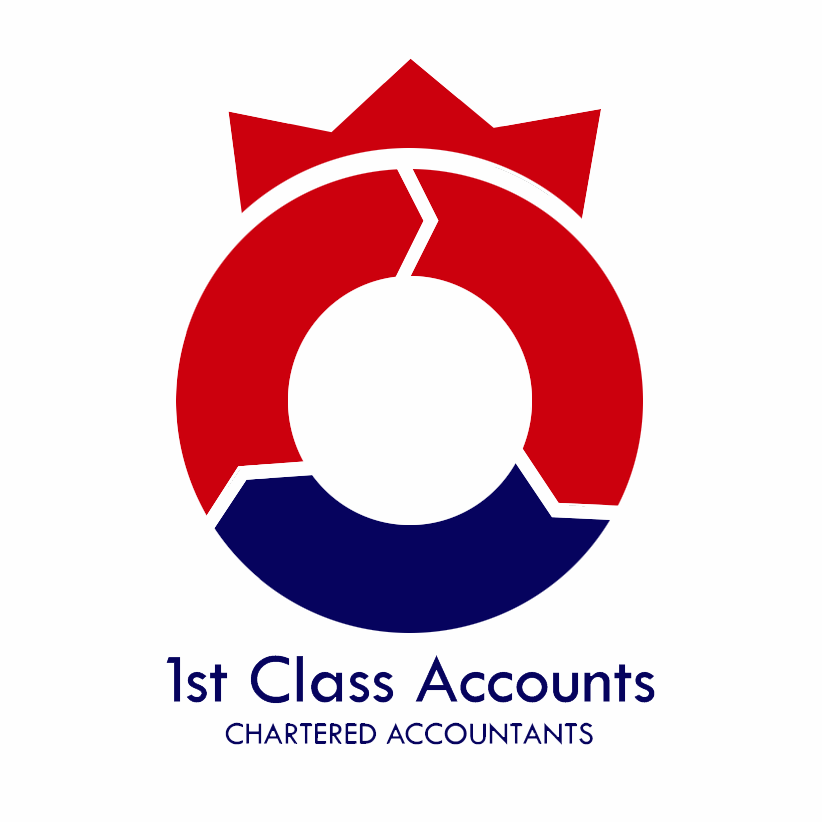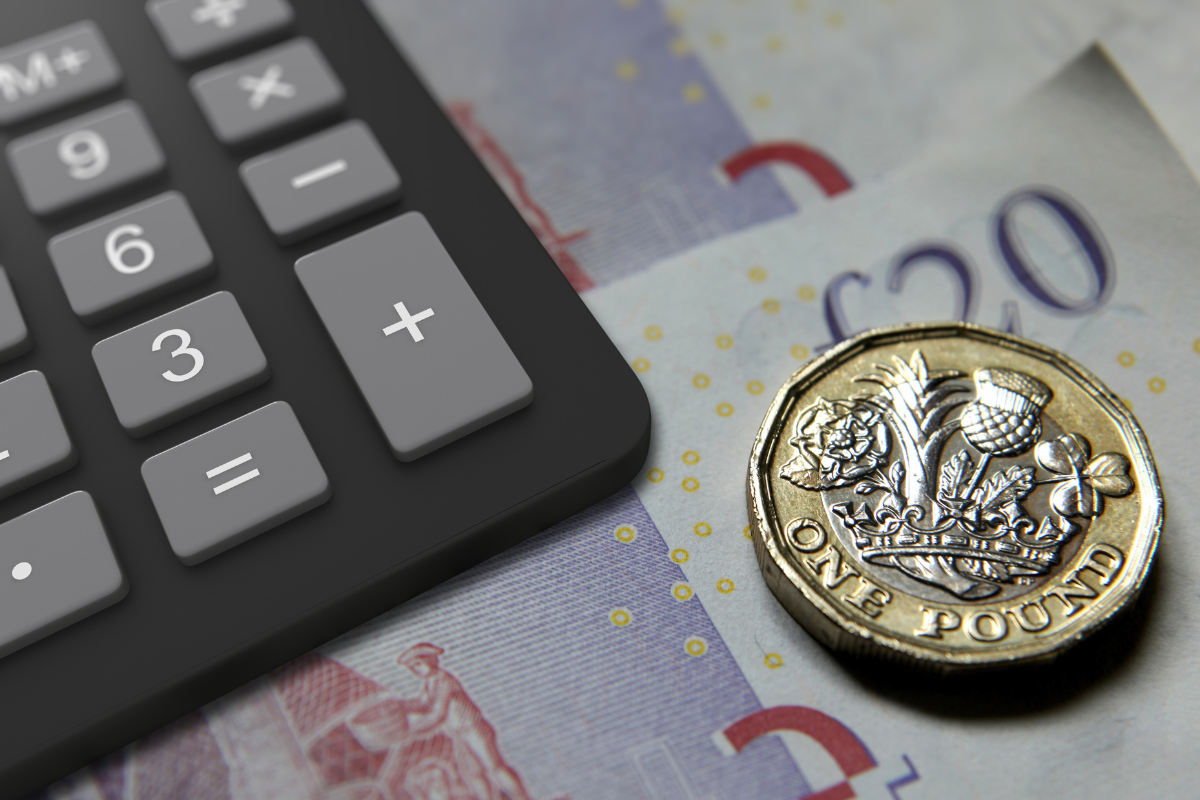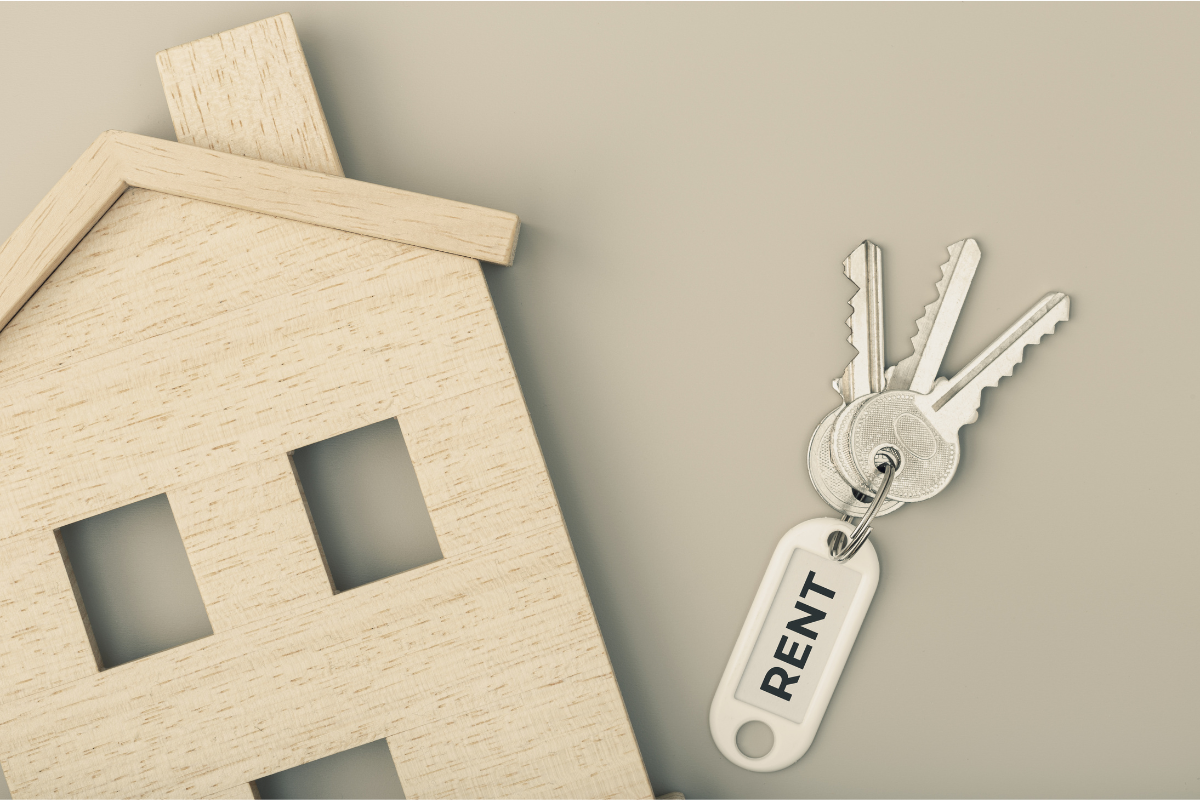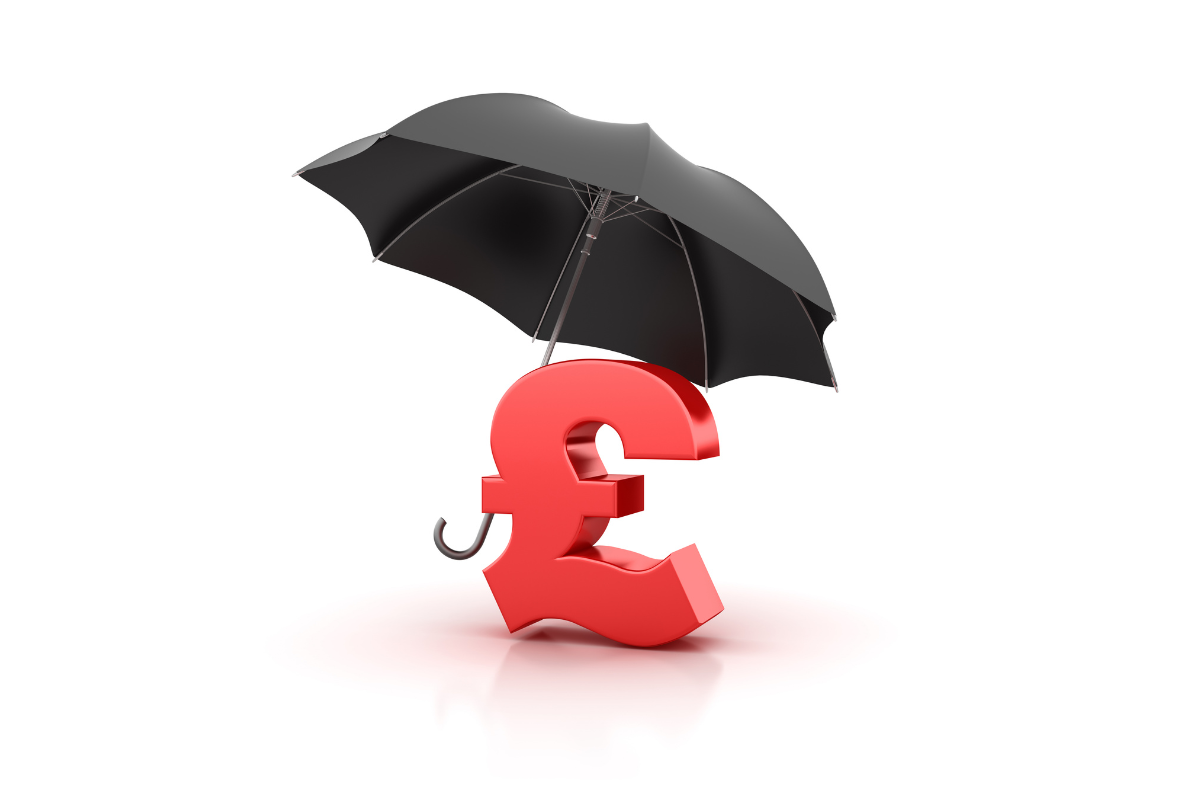What is Straight-Line and Reducing Balance Depreciation?
Time to read: 3 minutes
What is depreciation?
Depreciation is the term used for when an asset loses its value over time. The value of an asset decreases due to routine use, wear and tear, or obsolescence.
What is an asset?
An asset is any resource that has an economic value owned by an individual or company with the expectation of providing a future benefit. Some examples of assets depreciated by companies include:
- Office furniture
- Computers
- Vehicles
- Equipment
Straight line depreciation
Straight line calculates the asset’s value that’s lost in each financial period. With straight-line depreciation, an asset’s cost is depreciated the same amount each year. It is calculated by multiplying the cost of the asset by the percentage depreciation.
Reducing balance depreciation
The reducing balance method is used to calculate the depreciation of an asset when expensed at a percentage. This is calculated by subtracting the accumulated depreciation from the cost of the asset. The remaining value is then multiplied by the percentage depreciation.
Depreciation on tax returns
Depreciation can be classified as a business expense and will appear on the profit and loss statement, reducing the tax liability.
The assets that the company have will be evident on the balance sheet and will show the net book value of the assets at the end of the accounting period. The company accounts will also show how much value the assets have lost from the time of purchase.
Choosing the right method of depreciation
Most companies use the straight-line method due to its simplicity. However, the reducing balance may be a better option for some assets. This is because some assets lose value faster in the first few years after purchase. The method of depreciation that should be used highly depends on the type of asset the company has.
If you require any further advice regarding assets and depreciation, please do not hesitate to contact us.
At your service!


Send us a message
We will get back to you as soon as possible
Oops, there was an error sending your query.
Please try again later










